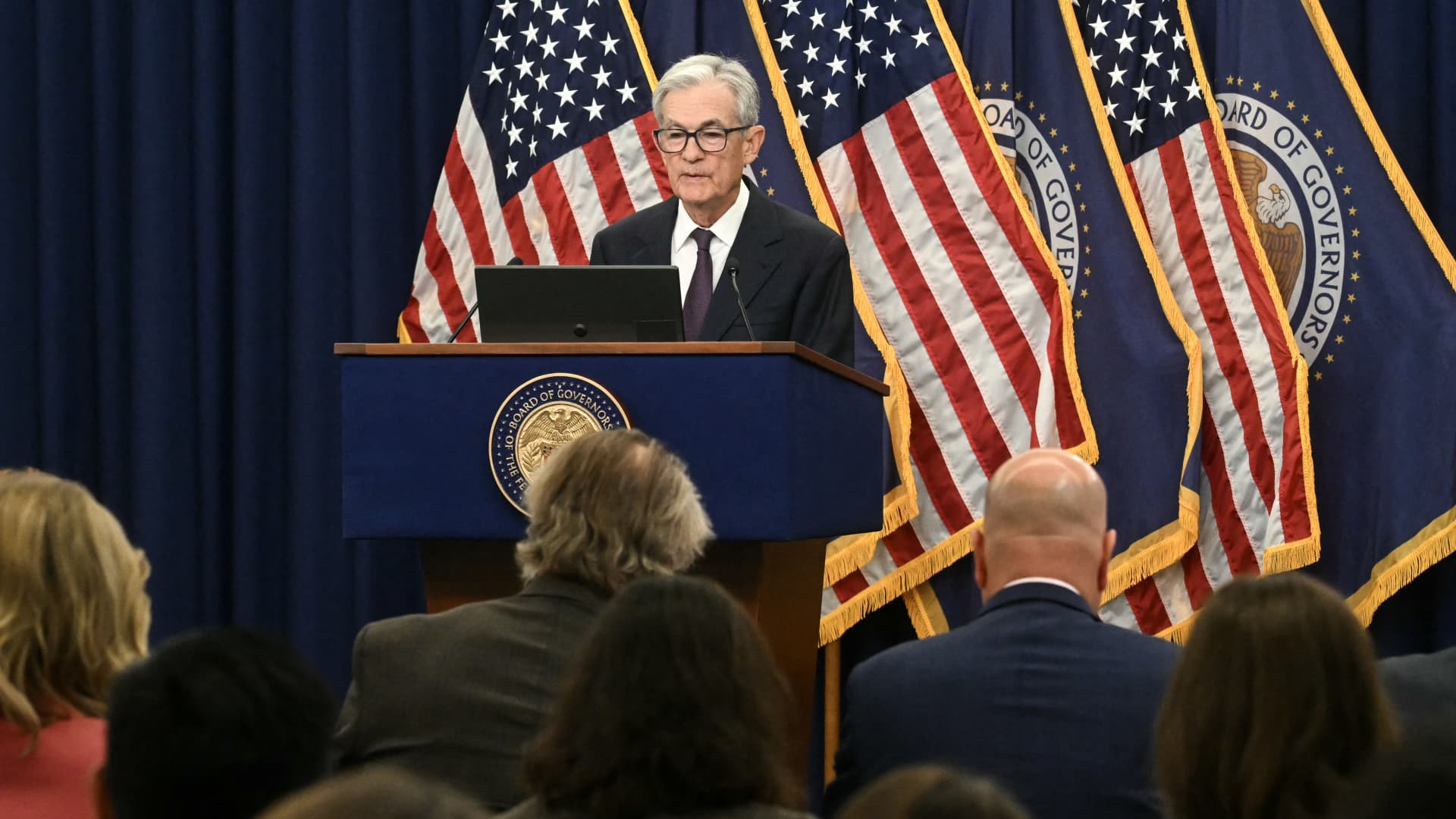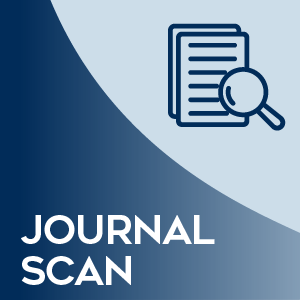This request seems a bit unusual, so we need to confirm that you’re human. Please press and hold the button until it turns completely green. Thank you for your cooperation!
Blog
-
Just a moment…
Just a moment… -
Just a moment…
Just a moment… This request seems a bit unusual, so we need to confirm that you’re human. Please press and hold the button until it turns completely green. Thank you for your cooperation!
Continue Reading
-

Fed rate decision October 2025
The Federal Reserve on Wednesday approved its second straight interest rate cut, a widely expected move that came despite little recent visibility on the economy due to the government shutdown.
By a 10-2 vote, the central bank’s Federal Open Market Committee lowered its benchmark overnight borrowing rate to a range of 3.75%-4%. In addition to the rate move, the Fed announced that it would be ending the reduction of its asset purchases – a process known as quantitative tightening – on Dec 1.
Governor Stephen Miran again cast a dissenting vote, preferring the Fed move more quickly with a half-point cut. Kansas City Fed President Jeffrey Schmid joined Miran in dissenting but for the opposite reason – he preferred the Fed not cut at all.
The rate also sets a benchmark for a variety of consumer products such as auto loans, mortgages and credit cards. The reduction came even though the Fed essentially has been flying blind lately on economic data.
Other than the consumer price index release last week, the government has suspended all data collection and reports, meaning such key measures as nonfarm payrolls, retail sales and a plethora of other macro data is unavailable.
In the post-meeting statement, the committee acknowledged the uncertainty accompanying the lack of data, qualifying the way it categorized broad economic conditions.
“Available indicators suggest that economic activity has been expanding at a moderate pace. Job gains have slowed this year, and the unemployment rate has edged up but remained low through August; more recent indicators are consistent with these developments,” the statement said. “Inflation has moved up since earlier in the year and remains somewhat elevated.”
Each of those characterizations represented tweaks from the September statement. The most significant change was the view on broad economic activity. In September, the FOMC said activity had moderated.
The statement reiterated concerns that policymakers have over the labor market, saying that “downside risks to employment rose in recent months.”
Even before the shutdown, evidence had begun to build that while layoffs have been contained, the pace of hiring had flattened. At the same time, inflation has held considerably above the Fed’s 2% annual goal. The CPI report last week, released because of its importance to Social Security cost of living adjustments, showed the annual rate at 3%, pushed by higher energy costs as well as several items with direct or indirect links to President Donald Trump’s tariffs.
The Fed tries to strike a balance between full employment and stable prices. Officials lately, though, have said they see a slightly higher risk posed by the jobs picture. Along with the interest rate decision, the Fed said its process of reducing the amount of bonds it holds on the central bank’s $6.6 trillion balance sheet will end.
The program, also known as QT, had shaved some $2.3 trillion off the Fed’s portfolio of Treasurys and mortgage-backed securities. Instead of reinvesting maturing proceeds from the securities, the Fed has been allowing them to roll off the balance sheet at a limited level each month. However, recent signs of some tightening in short-term lending markets have raised concern that the roll-off has gone far enough.
An implementation note accompanying the decision indicated the Fed will be rolling proceeds from maturing securities into shorter-term bills, thus reducing the duration of its broader portfolio. Previously, the Fed had rolled the proceeds over into securities of the same maturities.
Markets recently had begun anticipating that the Fed would end QT either in October or by the end of the year. The Fed expanded its holdings during the Covid crisis, pushing the balance sheet from just over $4 trillion to close to $9 trillion. Powell has said that while the Fed found it necessary to shrink its holdings, he did not foresee a return to pre-pandemic levels.
In fact, Evercore ISI analyst Krishna Guha said he could foresee a scenario where the Fed actually restarts the purchases early in 2026 for “organic growth purposes” as market conditions shift. The Fed rarely eases monetary policy during economic expansions and bull markets in stocks. Major averages, though volatile, have been posting a series of record highs, boosted by further gains in Big Tech stocks and a robust earnings season.
History has shown that the market continues to rise when the Fed does cut under such circumstances. However, easier policy also poses the risk of higher inflation, a condition that forced the Fed into a series of aggressive rate cuts.
Continue Reading
-

New genetic marker may improve the ability to predict life-threatening reactions to gout medication
A newly identified genetic marker may significantly improve the ability to predict life-threatening reactions to the gout medication allopurinol in U.S. patients.
While the gene HLA-B*58:01 has long been used to screen patients in…
Continue Reading
-
GM to cut EV, battery production and 1,200 jobs at Detroit plant – Reuters
- GM to cut EV, battery production and 1,200 jobs at Detroit plant Reuters
- GM lays off more than 1,700 at sites in Michigan, Ohio, citing EV challenges CNBC
- GM to cut 1,200 jobs at Detroit EV plant, hundreds more at Tennessee, Ohio battery sites The Detroit News
- GM Cuts Hundreds of Salaried Workers as Part of Profit Push Bloomberg.com
- General Motors lays off hundreds of engineers on Microsoft Teams; says: It’s not your performance, it’s… The Times of India
Continue Reading
-

Novel 3D chromosome mapping method can reliably reveal hidden structural variants
Standard laboratory tests can fail to detect many disease-causing DNA changes. Now, a novel 3D chromosome mapping method can reliably reveal these hidden structural variants and lead to new discoveries. The findings on this…
Continue Reading
-

Pablo Picasso’s long-hidden portrait of Dora Maar sells for $37 million in Paris.
Pablo Picasso’s long-hidden portrait Buste de femme au chapeau à fleurs (Dora Maar) (1943) was sold for €32.01 million ($37.15 million) by the auction house Lucien Paris on October 24th. (All prices include fees.) The sale, held at the…
Continue Reading
-

How Caregivers Can Fight to Preserve Dignity, Connection
“Many caregivers and facilities assume that people with dementia don’t really know what’s going on, leading them to treat residents like children or make one-size-fits-all decisions,” Kriseman says. She recalls visiting her…
Continue Reading
-

Does Equal Access Mean Equal Follow-Up?
In a large cohort of patients with aortic stenosis (AS) who had equal access to medical care and insurance, those who lived in the most socioeconomically deprived neighborhoods were less likely to complete surveillance transthoracic…
Continue Reading
